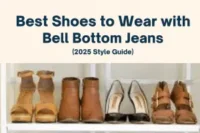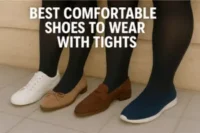Best Running Shoes of 2025: Full Fit & Care Tips
Published: 4 Jun 2025
Hey there! Imagine going out for a run with shoes that pinch your toes or slip at the heel. Sounds uncomfortable, right? Now, picture the exact opposite — shoes that feel like they’re made just for your feet. Light, cushioned, supportive, and ready to take you further without any pain. That’s the magic of having the right running shoes.
Whether you’re just starting your running journey or training for a marathon, the shoes you wear can make a huge difference. They don’t just protect your feet; they help with your posture, prevent injuries, and boost your performance.
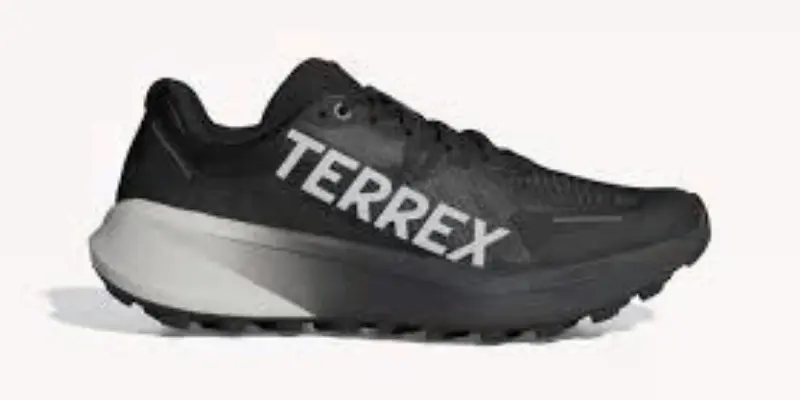
In this guide, I’ll walk you through everything you need to know about running shoes — from the types available to how you can break them in without any pain. Ready? Let’s lace up and get started!
1. Why Choosing the Right Running Shoes Matters
Let me ask you — have you ever run in shoes that just didn’t feel right? Maybe they were too tight, too loose, or lacked the cushioning you needed. It doesn’t just hurt your feet; it can affect your whole running experience. Bad shoes can cause blisters, shin splints, knee pain, and even long-term injuries.
But the right shoes? They’re like your best running partner. They support your feet, absorb shock, and keep you comfortable mile after mile. And here’s the best part — they help you run better and longer, with less effort.
So, if you want to enjoy running and stay injury-free, picking the right pair is key.
2. How to Identify Your Foot Type and Running Style
Before you grab any pair off the shelf, it helps to understand your foot type. Are you someone whose foot rolls inward (overpronation), or do you have a more neutral step? Or maybe your foot rolls outward (underpronation)?
Knowing this helps you choose shoes that match your gait and provide the right kind of support. Here’s a quick way to check:
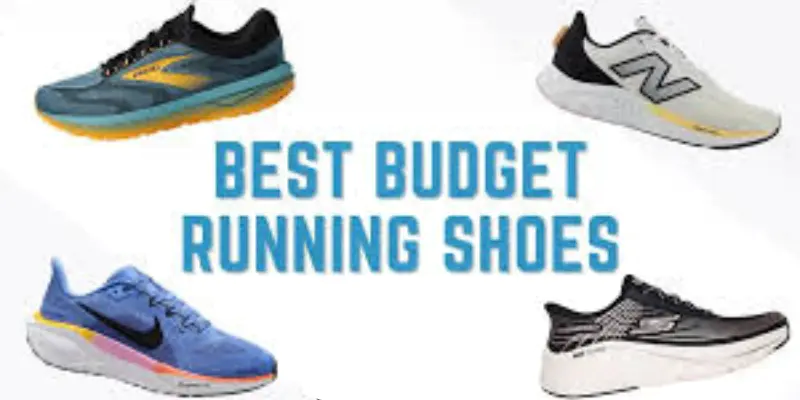
- Wet test: Wet your foot, step on a paper towel, and look at your footprint.
- A full footprint means low arch or flat feet.
- A footprint with a noticeable curve means a normal arch.
- A very narrow print means a high arch.
This simple test gives you a clue about your arch type and which shoes might suit you best.
3. Types of Running Shoes and What They’re Best For
Now that you know your foot type, let’s talk about the kinds of running shoes out there. Each type has a special job to do, and choosing the right one can seriously improve your running comfort.
Neutral Running Shoes:
If your feet land evenly and you don’t roll much inward or outward, neutral shoes are probably your best bet. They offer balanced cushioning and flexibility — perfect for everyday runs and longer distances.
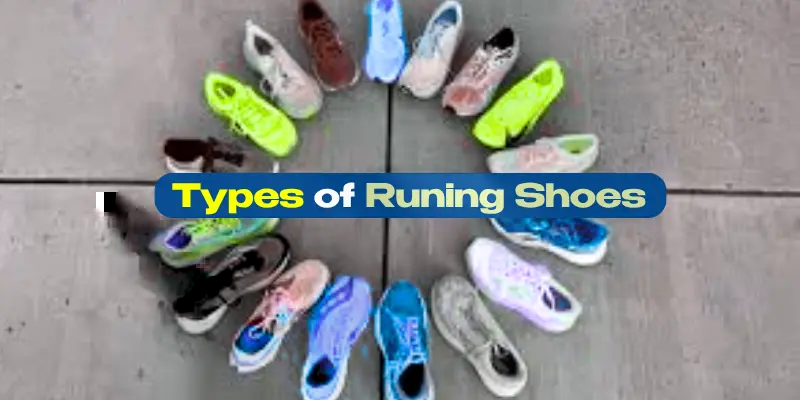
Stability Running Shoes:
Do your feet tend to roll inward a bit? Stability shoes come with extra support to guide your foot into a healthier position. They help prevent injuries caused by overpronation and are great for runners with medium arches.
Motion Control Shoes:
For those with flat feet or serious overpronation, motion control shoes provide maximum support. They’re a bit heavier but do a great job preventing injuries and correcting foot alignment.
Cushioned Shoes:
Love extra padding? Cushioned shoes focus on shock absorption, making your run softer and easier on the joints.
Trail Running Shoes:
Planning to hit the trails? These shoes have rugged soles and strong materials to protect your feet on uneven, rocky surfaces.
Racing Flats:
Want speed? Racing flats are lightweight and have minimal cushioning — great for race day but not recommended for daily training.
Minimalist Shoes:
Feel like going barefoot? Minimalist shoes mimic that feeling with thin soles and low cushioning. They promote natural foot movement but require some getting used to.
4. How to Break in New Running Shoes Without Pain
Got your shiny new running shoes? That’s awesome! But hold on — before you take them out for a 10K run, let’s talk about something important: breaking them in the right way. Trust me, skipping this step is a mistake you don’t want to make. Your feet need time to adjust to the new fit, structure, and cushioning. And guess what? Your shoes need time too — to mold to your unique stride and movement.
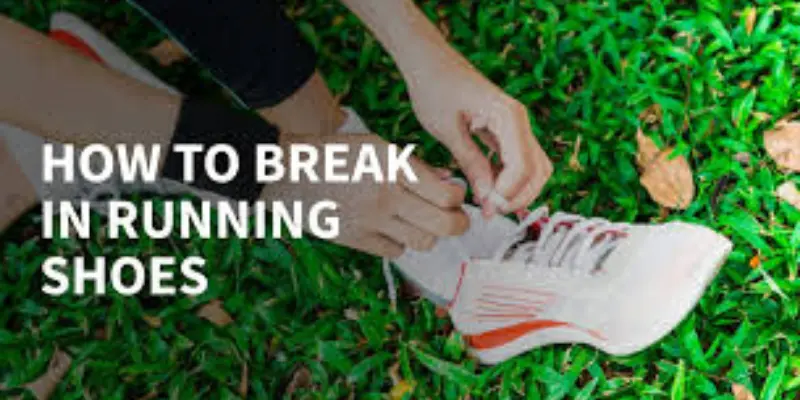
Start Slow: The biggest mistake most people make? Wearing brand-new shoes for a long run on day one. Please don’t do that. Start by wearing them around the house, then move on to short walks or errands. This lets your feet and shoes get to know each other in a low-impact way. I always say: “Walk before you run — literally!”
Use Them for Short Runs First: Once you’ve walked in them for a day or two, take your new shoes for a test run. But keep it short — 10 to 15 minutes is perfect. This helps identify any tight spots, rubbing, or issues with the fit. If anything feels off, don’t ignore it. Sometimes, all it takes is a lace adjustment to make things better.
Pair with the Right Socks: You’d be surprised how much difference the right socks make. Avoid cotton and go for moisture-wicking, padded running socks. They reduce friction, prevent blisters, and improve overall comfort. It’s like giving your feet a little bonus support!
Watch for Pressure Points: Feeling a bit of discomfort? That can be normal at first. But pain, numbness, or excessive rubbing? That’s a red flag. New shoes should feel snug but not tight, and they definitely shouldn’t hurt. If they do, it might be time to try a different size or model. Don’t settle — your feet deserve better.
Alternate with Old Shoes: Here’s a smart move: Don’t ditch your old running shoes just yet. Alternate between the new pair and your trusty old ones for the first week or two. This gives your feet a break while still easing them into the new feel.
Break-in Timeframe: Most running shoes take about 10 to 20 miles to break in fully. But remember, the process should never be painful. If things still feel uncomfortable after 20 miles, that might not be the right pair for you.
5. Tips to Keep Your Running Shoes in Top Shape
Let’s be honest—running shoes aren’t cheap. So if you’ve invested in a good pair, why not make them last longer? With just a little care, you can extend their life, maintain comfort, and keep them performing like new. Here’s how you can show your shoes some love:
Rotate Your Running Shoes: If you’re running regularly, try not to wear the same pair every single day. Instead, rotate between two pairs. Why? Because it gives the cushioning time to decompress and dry out between runs. Plus, you’ll reduce wear and tear, especially if you switch between trails, pavement, or the treadmill.
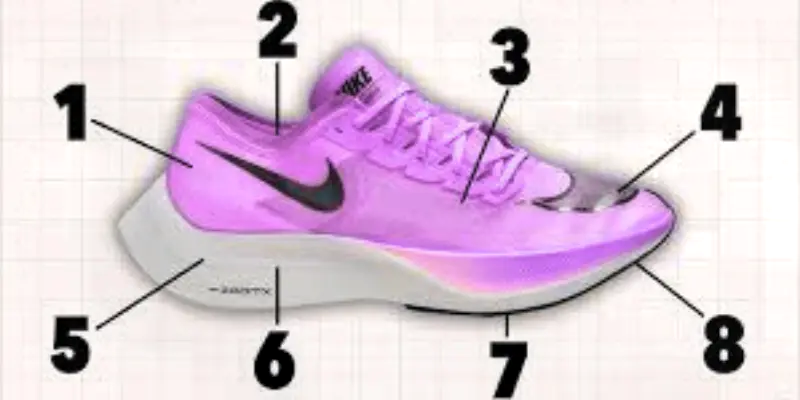
Let Them Breathe: After a sweaty workout, don’t toss your shoes in a dark, stuffy gym bag. Let them air out! Loosen the laces, pull out the insoles (if removable), and leave them in a cool, dry place. Trust me, your shoes—and your nose—will thank you later.
Clean Them the Right Way It’s tempting to throw muddy shoes in the washing machine, but please don’t. Instead, Use a delicate brush along with warm water mixed with mild soap. Gently scrub the soles and uppers. For a deeper clean, remove the laces and insoles. Let them air-dry naturally—no dryers, no heaters.
Use Them Only for Running: This one’s important. Don’t wear your running shoes for errands, yard work, or casual strolls. Using them outside of running adds unnecessary wear and flattens the cushioning faster. Keep them strictly for running, and they’ll stay fit for purpose longer.
Know When to Retire Them: Even with the best care, running shoes have a lifespan—usually around 300–500 miles. If you start feeling new aches or your shoes look visibly worn out (flattened soles, uneven treads), it’s time to replace them. Think of it like this: your feet do the hard work, so they deserve the right support.
6. Common Running Shoe Mistakes to Avoid
Even experienced runners make simple mistakes that can lead to discomfort, poor performance, or injury. But don’t worry—once you know what to look out for, they’re easy to avoid. Let’s go over the most common missteps runners make when choosing or using running shoes (and how you can dodge them).
Wearing the Wrong Size: You’d be surprised how many people are running in shoes that don’t fit right. Your feet swell during runs, so it’s a good idea to go up about half a size from your regular shoe. Check that there’s approximately a thumb’s width of space between your longest toe and the front end of the shoe. Tight shoes cause blisters, while loose ones lead to instability. when trying on shoes in the evening—your feet are naturally a bit swollen then.
Choosing Style Over Function: Yes, flashy shoes look cool—but if they don’t support your feet properly, they’re not worth it. Always prioritize how the shoe fits and feels over how it looks. Trust me, your knees and ankles won’t care about color schemes when you’re limping through your third mile.
Ignoring Your Foot Type: Whether you have high arches, flat feet, or something in between, your shoe should match your anatomy. Not sure about your foot type? Try the wet foot test at home or ask for a gait analysis at a running store. The right match can improve performance and prevent injuries.
Not Replacing Worn-Out Shoes: If your shoes look fine on the outside but feel “off” during a run, it might be time for a new pair. Cushioning breaks down long before you see obvious signs of wear. Running in old shoes is like driving on bald tires—dangerous and uncomfortable.
Skipping the Break-In Period: Even the best running shoes need a little time to adjust to your feet. Don’t go straight from the box to a 10k. Wear them around the house, then try short runs before using them for longer distances. This gives your feet and shoes time to adapt without risking blisters or soreness.
7. Expert Tips for a Smooth Running Shoe Transition
So, you’ve got your brand-new running shoes—congrats! But wait… before you lace up and sprint out the door, let’s make sure your transition is smooth and pain-free. Even the best shoes need a little time to adjust to your feet (and vice versa). These expert-approved tips will help you ease into your new kicks the smart way.
1. Start Slow and Short: Don’t jump straight into a long run with your new shoes. Instead, start with short runs or brisk walks. Let your feet gradually get used to the different feel, support, and cushioning. Think of it like building trust in a new friendship—you wouldn’t go on a week-long road trip with someone you just met, right?
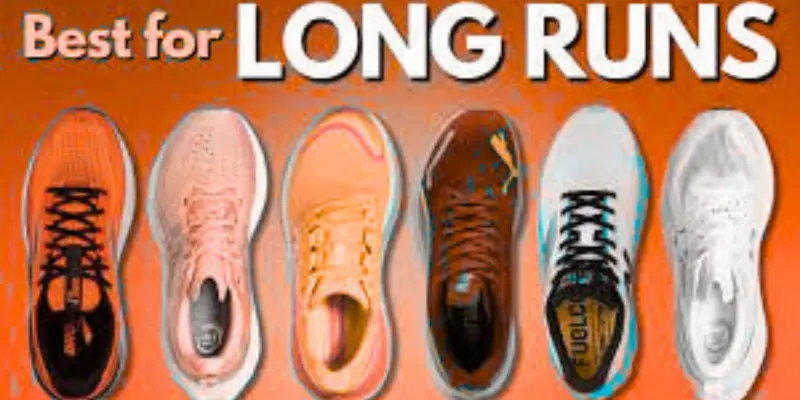
2. Alternate with Your Old Pair: If your old shoes are still in decent shape, alternate between them and the new pair for the first week or two. This helps your body adjust slowly and reduces the risk of soreness or injury from a sudden change in support or structure.
3. Listen to Your Body: Pay close attention to how your feet, ankles, and legs feel. A little stiffness at first is normal, but pain is a red flag. If anything feels off—especially in the arches or knees—don’t ignore it. Take a step back (literally) and give your feet a rest day or go back to your older shoes temporarily.
4. Wear Them Around the House: Before you even hit the pavement, try wearing your new shoes around the house. This lets your feet adapt to the shape and feel in a low-impact setting. Plus, if they end up not working for you, many stores will still accept returns if they haven’t been worn outdoors.
5. Don’t Forget the Socks: Yes, socks matter! Wear the same type of socks you’ll be running in when testing and breaking in your shoes. It makes a surprising difference in fit and comfort. Moisture-wicking running socks are your best friend—they help reduce friction and prevent blisters.
Pro Tip: Keep track of your miles in your new shoes. Most running shoes last between 300–500 miles. Starting fresh with a tracking habit ensures you don’t push them beyond their prime.
Final Thoughts
Breaking in new running shoes doesn’t have to be a painful process. If you take it slow, listen to your body, and follow the tips we’ve covered, your shoes will feel like an extension of your feet in no time. Remember, every runner is unique—what works for someone else might not work for you, and that’s perfectly okay.
All the best on your running journey—step by step, you’re getting stronger. Now go ahead and enjoy those new shoes like they were made just for you.
FAQs
On average, every 300 to 500 miles. If you run 20 miles a week, that’s roughly every 4 to 6 months. Look for signs like worn-out soles, loss of cushioning, or new aches in your feet or knees.
Not ideal. Running shoes are designed for forward motion. If you’re doing lateral movements (like in HIIT or weight training), cross-training shoes offer better support and flexibility.
Trail shoes have rugged soles, extra grip, and protective features for off-road surfaces. Road running shoes are lighter and smoother, built for pavement or treadmills.
Yes—if you already know your size and the model you like. But if you’re new, it’s better to try them in-store first or buy from sites with easy return policies.
It’s not recommended. Hand wash them gently using mild soap and a soft brush. Always air dry—heat can damage materials.
They might not be the right type for your gait or arch. Or, you may need more time to break them in. Listen to your body and don’t force it.
They should feel snug but not tight. Leave about a thumb’s width of space at the toe and make sure your heel isn’t slipping. Comfort is key from the start.

- Be Respectful
- Stay Relevant
- Stay Positive
- True Feedback
- Encourage Discussion
- Avoid Spamming
- No Fake News
- Don't Copy-Paste
- No Personal Attacks



- Be Respectful
- Stay Relevant
- Stay Positive
- True Feedback
- Encourage Discussion
- Avoid Spamming
- No Fake News
- Don't Copy-Paste
- No Personal Attacks


